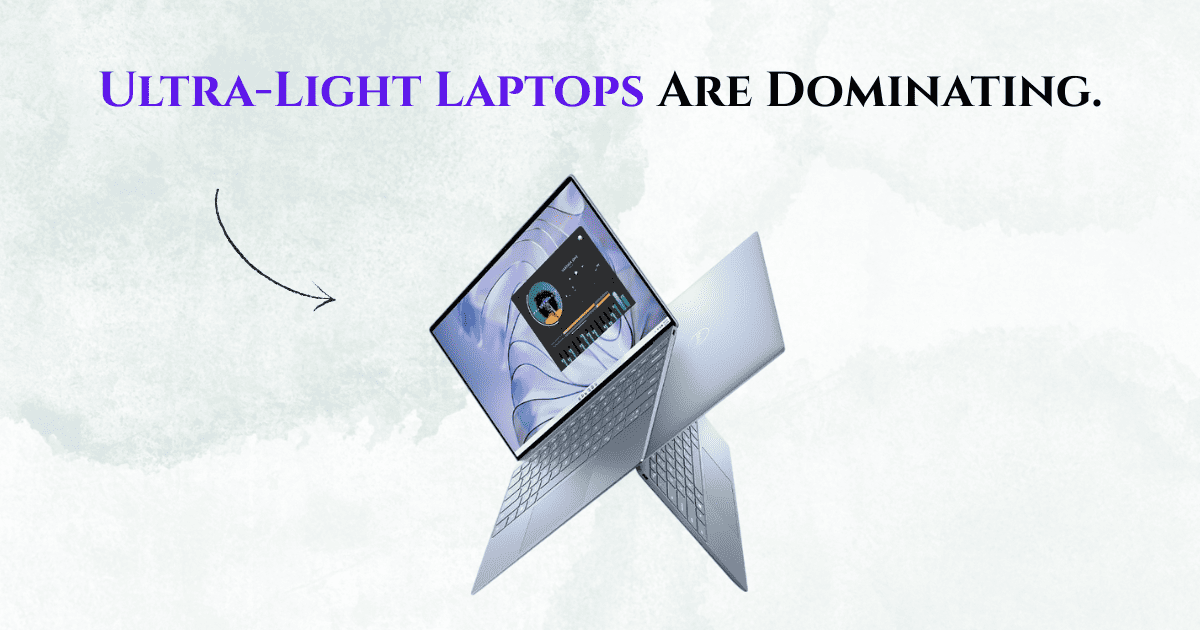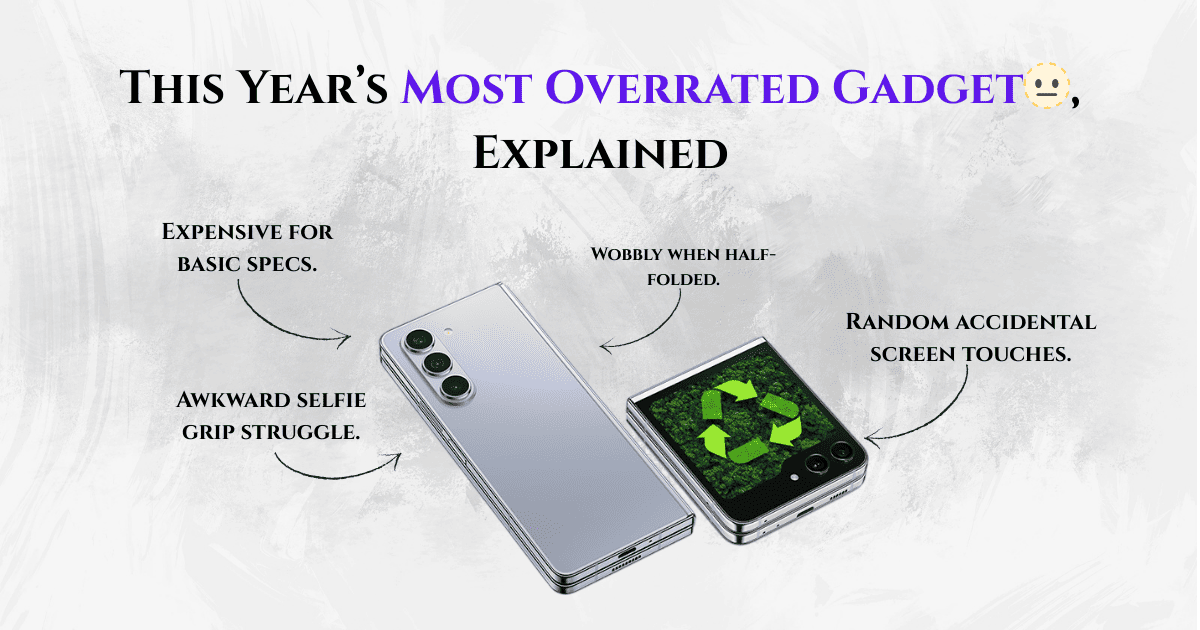Discover why ultra-light laptops are dominating the market in 2025. Learn about their features, rising demand, and why consumers are choosing portability first.
Introduction
Ultra-light laptops are no longer a niche product; they have rapidly become a dominant force in the computing world. As technology evolves and consumer needs shift toward mobility, convenience, and performance, these lightweight devices are capturing the attention of students, professionals, and travelers alike. But why are ultra-light laptops leading the market today? Let’s explore the reasons behind this growing trend.
The Growing Need for Portability
Modern consumers value portability more than ever. With hybrid work models, digital nomad lifestyles, and constant movement between home, office, and coffee shops, carrying a heavy laptop is no longer practical. Ultra-light laptops, weighing often under 1.5 kilograms, offer the perfect balance between performance and mobility. Their slim design allows users to slip them into backpacks or briefcases without a second thought.
Advancements in Hardware and Battery Technology
A few years ago, lighter laptops often meant compromising on performance. Today, with the evolution of processors like Intel’s Evo platform, AMD Ryzen 7000 series, and Apple’s M-series chips, ultra-light laptops deliver powerful processing without overheating or battery drain. Additionally, modern batteries are more efficient, offering 10 to 20 hours of life without adding bulk, making these devices highly reliable for on-the-go work.
Design Trends and User Expectations
Consumers now expect devices to not only work well but look premium. Ultra-light laptops often feature sleek aluminum or carbon fiber bodies, razor-thin bezels, high-refresh-rate screens, and ultra-responsive keyboards. Brands like Apple, Dell, ASUS, and Lenovo have set new design standards that make traditional bulky laptops seem outdated.
The Rise of Remote Work and Study
The remote revolution after 2020 changed how people view computing devices. Whether it’s online classes, remote jobs, or virtual meetings, everyone needed a capable yet portable device. Ultra-light laptops became the ideal solution for those seeking flexibility without setting up full desktop systems. They offer the freedom to work from anywhere, a requirement that has become non-negotiable for many.
Gaming and Creativity on the Go
Ultra-light laptops are no longer limited to office tasks. Some models now support casual gaming, light video editing, and graphic design work. With dedicated GPUs and high-speed SSDs fitted inside thin frames, these laptops satisfy a wider range of users, not just business professionals.
Sustainability and Eco-Friendly Designs
Sustainability is another hidden driver behind the dominance of ultra-light laptops. Slimmer devices often use less material, consume less power, and are easier to recycle. Many brands now promote their carbon-neutral manufacturing processes, appealing to environmentally conscious buyers.
Price Becomes Competitive
Initially, ultra-light laptops were luxury items with hefty price tags. However, growing competition has made these models more affordable. Today, consumers can find powerful, lightweight options even in mid-range budgets. This affordability has accelerated market adoption across different demographics.
Challenges Still Remain
Despite their dominance, ultra-light laptops still face challenges. Limited upgrade options, fewer ports, and slightly higher repair costs are concerns for some users. However, manufacturers are continually innovating to address these issues with modular designs and better warranty programs.
Conclusion
Ultra-light laptops dominate the market today because they align perfectly with modern lifestyles. They deliver a combination of power, portability, design, and sustainability that resonates across age groups and industries. As work and life continue to demand mobility, the future of computing is clearly light, fast, and efficient.










